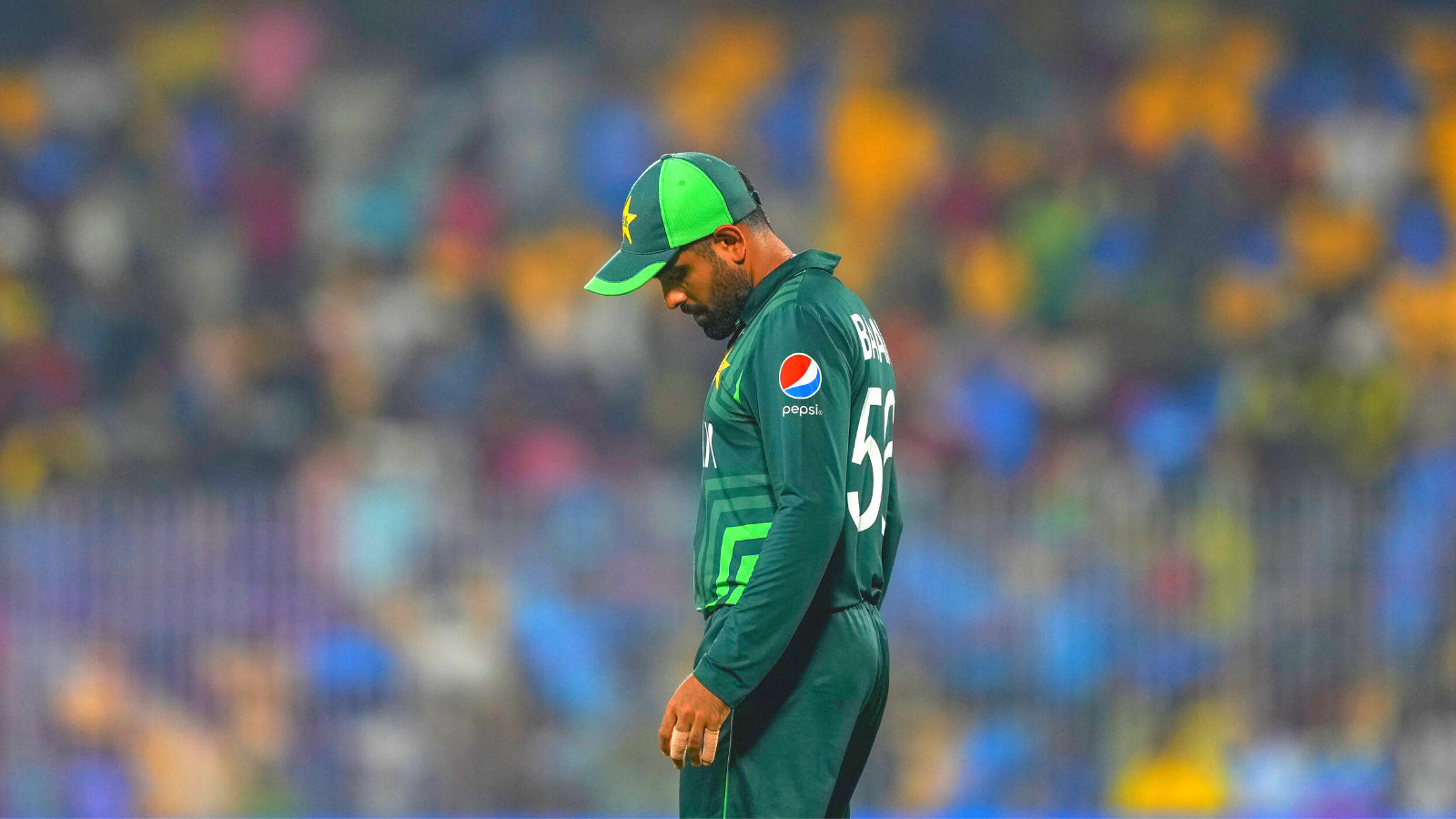1. Early Rise (2015–2019)
- Babar Azam first made major headlines with consistent performances in Pakistan domestic cricket and early Pakistan Super League seasons, converting that form into international opportunity.
- He debuted for Pakistan and quickly established himself as a reliable top‑order batter across formats, demonstrating textbook technique and an ability to anchor innings.
- By 2019 he was widely regarded as one of the premier young batters in world cricket, drawing comparisons to the game’s best for his elegant timing and prolific scoring.
2. Peak & Leadership (2019–2022)
- Between 2019 and 2022 Babar compiled the bulk of his international runs, recording multiple centuries and becoming Pakistan’s most consistent run‑scorer in limited overs.
- His averages across formats rose and he topped ICC batting charts for stretches, earning acclaim from peers and analysts.
- In recognition of his stature and temperament, the Pakistan Cricket Board appointed him captain across formats, entrusting him with rebuilding a side that had oscillated in consistency.
3. First Signs of Strain (2023–2024)
- After the initial honeymoon period as captain, cracks began to show in both leadership outcomes and personal form.
- Pakistan’s results in key tournaments were mixed, and questions about team strategy and selection consistency started to surface among former players and commentators.
- By late 2024 reports of captaincy pressure and workload concerns became public, culminating in Babar stepping down as Pakistan’s white‑ball captain on October 2, 2024 to reduce workload and focus on batting.
4. Immediate Fallout and Selectorial Decisions (October 2024–April 2025)
- Following his resignation from white‑ball captaincy on October 2, 2024, selectors and the PCB made several consequential decisions: Babar was dropped from the Test squad for matches against England on October 13, 2024, citing a combination of poor form and team restructuring.
- The public reaction split between sympathy for workload fatigue and criticism for failing when entrusted with leadership.
- Analysts pointed to a need for Babar to rebuild technique and timing rather than captaincy being the core issue.
5. Downward Trend: Form, Runs and Public Scrutiny (2025)
- Throughout 2025 Babar’s numbers declined noticeably in ODIs and T20s; year‑to‑date figures through mid‑2025 show a marked drop in average and a drought in centuries compared to his earlier peak years.
- By April 2025 multiple feature pieces questioned his future and called for introspection on technique and mindset.
- Critics highlighted a loss of strike‑tempo in run chases, and instances where he appeared unable to shift gears under pressure.
6. Contractual & Institutional Consequences (Mid–Late 2025)
- The PCB’s 2025–26 central contract list produced a shock: no player was awarded Category A and notable names including Babar Azam were slotted in lower categories, a development widely reported as a setback to his standing within Pakistan cricket.
- Selectors’ continued rotation and occasional omissions from squads further signalled that his place was no longer unassailable.
- Publicly visible incidents — social media controversies involving teammates and supporters — added noise to the core issue of form.
7. Technical and Mental Diagnosis
- Technical observers pointed to specific issues: a tendency to play across the line more often, hesitation against short‑ball plans, and a reduction in strike‑making intent during chases.
- Mentally, the shift from being the unquestioned leader to a player fighting for form introduced pressure and uncertainty; sports psychologists and former players highlighted how captaincy burden can mask technical decline.
- Injury management and workload were also cited — frequent travel, captaincy responsibilities and limited recovery were likely contributors to fatigue and poor execution.
8. Key Moments & Matches That Marked the Downfall
- October 2024: Resignation as white‑ball captain, a public marker of stress and change.
- October 13, 2024: Dropped from Pakistan’s Test squad against England, signalling selectorial impatience.
- 2025 Champions Trophy and subsequent bilateral series: inconsistent scores and failing to convert starts into match‑defining innings.
- Mid‑2025: PCB contract demotion and ongoing poor run returns through August 2025, which statisticians flagged as his leanest calendar year in limited overs.
9. Support, Backlash and Team Dynamics
Several teammates and former players voiced support for Babar at different times; others publicly criticized his captaincy or selections.Social media episodes where teammates commented or supporters pushed back added to a volatile environment, sometimes resulting in disciplinary noise unrelated directly to on‑field performance. The cumulative effect was a fragmentation of the narrative around Babar — simultaneous sympathy, frustration and analytic critique.
10. Possible Routes to Reinvention
- Technical retooling: focus on shorter back‑lift adjustments, clearer pre‑meditated scoring plans, and working specifically on strike rotation under pressure.
- Workload management: accepting a role with fewer leadership responsibilities and a planned, slow reintroduction to international cricket. Mental conditioning: employing sports psychology to rebuild confidence and match‑winning aggression.
- Domestic focus: dominating in PSL and domestic first‑class fixtures to force a narrative of regained form.
11. What This Means for Pakistan Cricket
- The Babar episode underlines the cost of rapid leadership changes and high minutes for top players without a parallel plan for succession.
- Pakistan’s selectors now face choices: back a once‑formidable batter through a rehabilitation plan or accelerate the transition to a new generation of leaders.
- The board’s contract decisions and public messaging will influence whether Babar’s downturn is a temporary dip or a longer‑term fade.
12. Conclusion
1. Babar Azam’s arc — from rapid rise to a complicated decline — is a reminder of cricket’s thin margin between legend and scrutiny. 2. The pathway back is clear in principle: technical recalibration, mental work and selective match practice, but its execution depends on player, coaches and board alignment. 3. Whether Babar can reclaim his peak will be one of the defining cricket narratives of the next 12–24 months.







